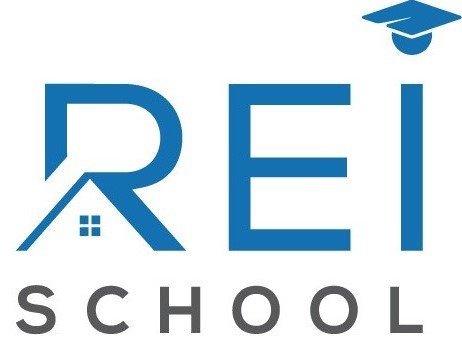August 4, 2025 | 3 Minute Read
What do you do when you find a great potential rental, but the comparable sales (“comps”) are unclear, underwhelming, or nonexistent? It’s a common challenge. Sometimes we’re tempted to force a square peg into a round hole just because we like the property.

But to make sound investment decisions, we need the data to support our assumptions.
Let’s walk through a real-world example of a deal we recently put under contract.
The Property
Type: 4 bed / 2 bath
Size: 1,403 sq. ft.
Year Built: 1963
Current Rent: $1,001/month (Section 8 tenant for 5 years)
Listed Price: $117,000
Contract Price: $80,000
That’s a $37,000 discount off the list price, which looks great on paper—but we still need to confirm whether the comps support our exit strategy.
Let’s assume a conservative after-repair value (ARV) of $150,000 for now. I’ll explain how I arrived at this number shortly.
Exit Strategy Analysis
1. Keep the Tenant As-Is (No Renovations)
Rent: $1,001/month
Interest Rate: 7.5%
Cash Flow: -$49.93/month (negative)
This tenant has been there for five years, and the rent is well below market. Getting Section 8 to approve a raise to $1,500/month would be unlikely. But if it happened, the cash flow would jump to $424.12/month—a huge difference.
2. Turnkey Flip to Another Investor
Renovation Budget: $30,000
Total Cost Basis: $118,200
ARV: $150,000
LTV: 79.98%
Potential Profit: ~$16,000
This could work. Since the max LTV for a buy-and-hold rental is 75%, selling to another investor after a full renovation is a viable exit.
3. Keep as a Rental via BRRRR Strategy
Renovation Budget: $20,000
Total Cost Basis: $109,000
New Rent: $1,500/month
Cash Flow: $417.45/month
Cap Rate: 13.45%
DSCR: 1.52
LTV: 72.66%
Because we’re under 75% LTV, we should be able to refinance and pull out 100% of our invested capital. This makes it the most attractive option.
Let’s Talk Comps
Comp Criteria:
Within 1-mile radius
Sold in the last 6 months
Within ±250 sq. ft.
Sold Comps (All 3-bed homes):
$133,000 – Renovated, 3 bed / 1.5 bath, cash buyer (investor)
$120,000 – Renovated, 3 bed / 2 bath, on a busy street, FHA buyer (owner-occupant)
$114,500 – 3 bed / 2.5 bath, as-is condition, cash buyer
$99,000 – 3 bed / 1 bath, as-is condition, cash buyer
$84,500 – 3 bed / 1.5 bath, as-is condition, cash buyer
Key Observations:
4 out of 5 were investor cash purchases
Only one was fully renovated and renting for $1,375/month—nearly hitting the 1% rule
All are 3-bedroom homes
Our subject property, however, has 4 bedrooms and is 200 sq. ft. larger than the comps. Based on an average of $108/sq. ft., we get an estimated value of $151,524. That’s how we justified our ARV of $150,000.
What Could Go Wrong?
Scenario: Appraisal Comes in Low
If Hard Money Appraisal is $140,000
At 75% LTV, the lender would loan $105,000
Our cost basis is $109,000
Options:
Renegotiate the purchase price down to $76,000
Pay the $4,000 difference out of pocket
Cancel the contract
If Refinance Appraisal is $140,000
We’d leave $4,000 in the deal
Cash Flow: $430.79/month
Cap Rate: 13.6%
DSCR: 1.69
Still a solid deal, even if we tie up a bit of capital.
Despite the challenges with comps, we used a disciplined approach to arrive at a realistic valuation and weigh our exit strategies. In this case, holding the property as a rental using the BRRRR method delivers the strongest long-term benefit—cash flow, equity, and portfolio growth.
When comps aren’t obvious, don’t force the numbers. Let the data guide you—and when in doubt, make conservative assumptions. Remember: smart investors don’t guess, they calculate.
